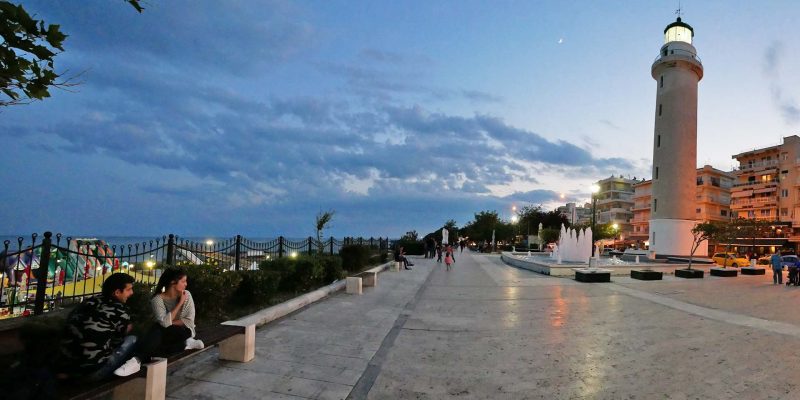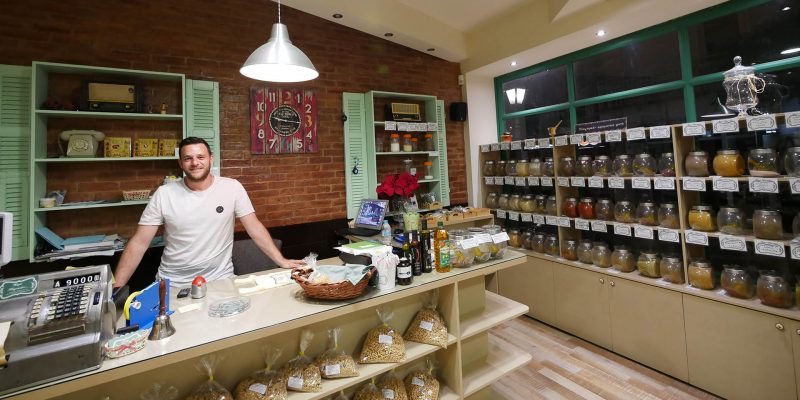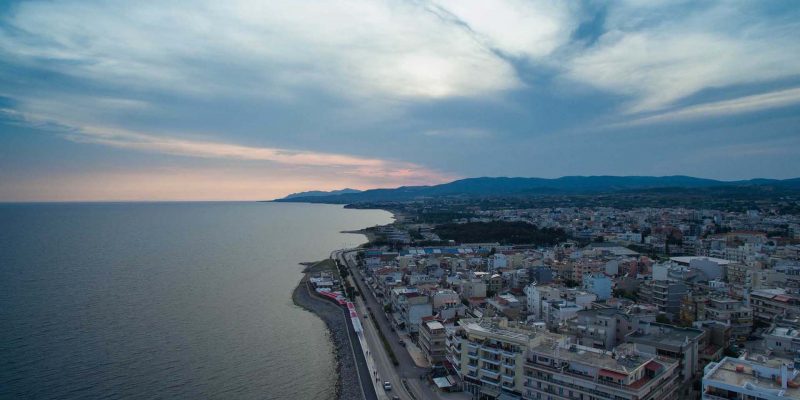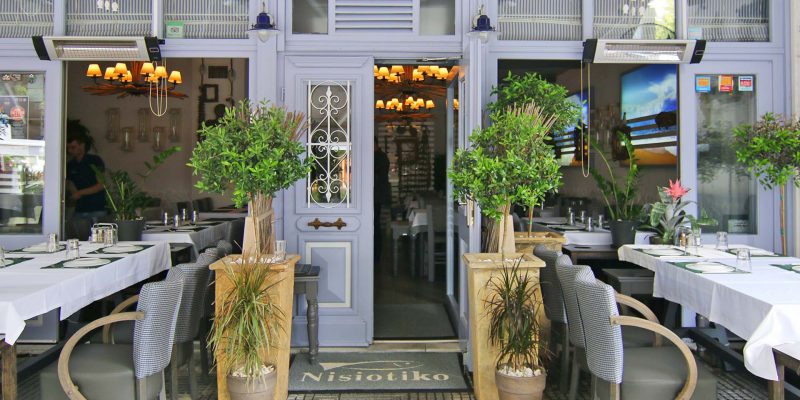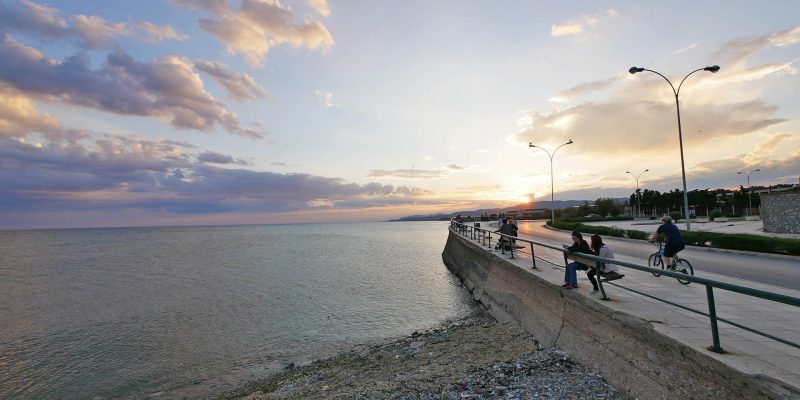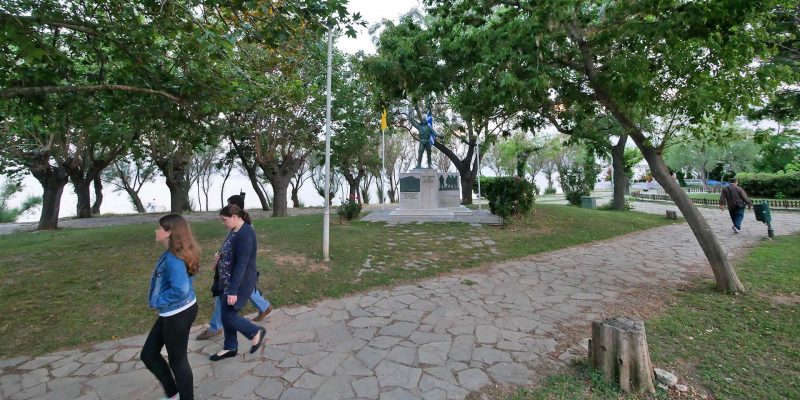Alexandroupolis is the first European city a traveler will visit coming from Turkey or Bulgaria into Greece. It still retains its old charm from back in the day when it used to be a small fishing village. Its symbol is the imposing and famous Alexandroupolis Lighthouse. Fishing auctions in the local fish markets is an intense experience, with fisheries and fishboats converging with filled holds to sell their catches to the highest bidder. One may enjoy a great walk in the town’s beach-side promenade. Alexandroupolis is filled with interesting sites to visit, the Municipality Park, Saint Eleftherios’ Church, Zarifios Academy, the two old Mosques and many more.
The city is also home to Thrace Ethnological Museum. The christian story of the area is portrayede in the local Museum of Ecclesiastic Art, the Diocese Cultural Centre, even the Old City Hall hosts some tokens of the immense archaeological heritage in the area. Apart from old Greek Orthodox churches and Mosques, one may also find here an Armenian Church underlining the multicultural element of Alexandroupolis that goes way back. Everyday life in Alexandroupolis is very vivid full of not only locals but many youths due to the Democritus University of Thrace, as well as numerous soldiers serving in the Greek Military.
HISTORY
Dede-Agats was a small reservation built by fishermen from Maronia and Makri during the 19th century, and it means “Monk’s Tree”. Tradition has it that it was named after an oak tree under which a famous dervish used to teach and was buried under. In 1871 this little fishing village started growing more and more when it was a stop of the new railroad to Macedonia area. Trains by land and ships and boats in its harbor made this area bloom and evolve. It quickly became a market hub of Thrace and it gathered commerce, artisans, embassies and much more that transformed this village in a vibrant large town.
The town begun to change even more when in 1878 Russian Army was stationed in Alexandroupolis after the Russian-Turkish War. For the next two years Russians made significant changes to the city-planning, creating a modern city with wide streets many of them leading to the seashore. Lighthouse became the central point of the city. In 1885 the city was annexed to Bulgaria and during that period most of its neoclassical buildings were constructed. Also it was in 1897 when the famous Orient Express made the city one of its stations, in its way from Thessaloniki to Istanbul. On the 8th of November 1912, Alexandroupolis, the favourite city of Ion Dragoumis was again conquered by the Bulgarian Army until it was liberated once and for all on the 14th of May 1920. It was then that it took its today name in honor of King Alexander, who has passed from it on his way to Andrianoupolis.
